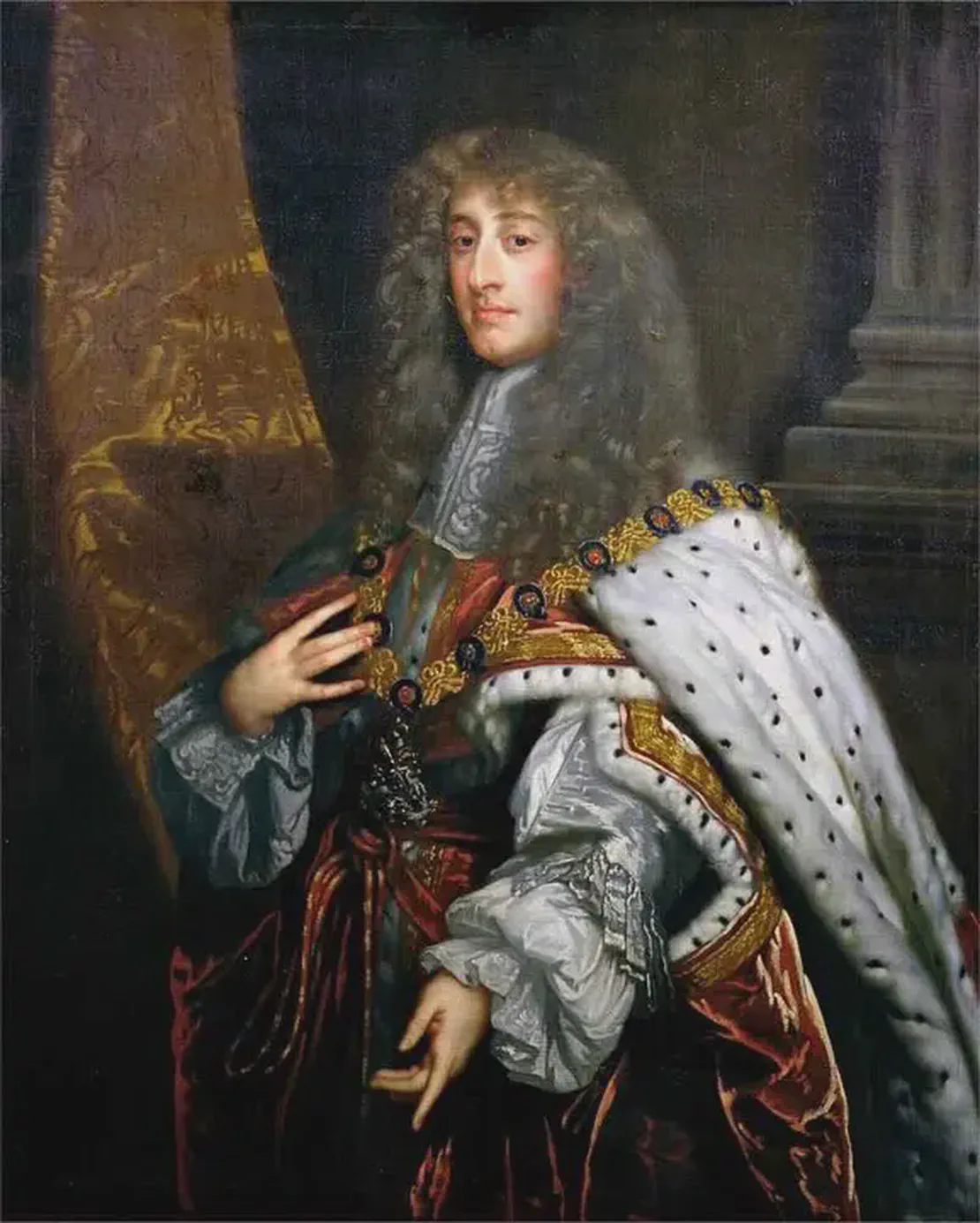On March 12, 1689 in Celtic History
James ii lands at kinsale and proceeds to dublin

James II of England and VII of Scotland landed at Kinsale, Ireland, on March 12, 1689. His arrival in Ireland was part of his effort to regain the thrones of England, Scotland, and Ireland after he was deposed during the Glorious Revolution of 1688. James, a Catholic monarch, faced opposition from the predominantly Protestant English Parliament, which invited his Protestant daughter Mary and her husband, William of Orange (William III), to take the throne. This effectively led to James’s ousting in what was a relatively bloodless coup.
Ireland, with its significant Catholic majority, was viewed by James as the most favorable base to launch his campaign to reclaim his crown. Upon landing at Kinsale, he was supported by many Irish Catholics who hoped his reign would bring about greater religious freedom and the return of confiscated lands.
Following his arrival in Ireland, James II made his way to Dublin, where he was warmly received. His presence in Ireland marked the beginning of a significant military campaign known as the Williamite War in Ireland, which lasted from 1689 until 1691. This conflict was part of the wider Nine Years’ War between France and a coalition of European powers, including the Dutch Republic, England, Spain, and the Holy Roman Empire.
The war in Ireland ended with the Battle of the Boyne in July 1690, where James II was defeated by the forces of William III. This defeat effectively ended James’s hopes of regaining the throne and solidified the position of William and Mary as the monarchs of England, Scotland, and Ireland. James II fled to France after the battle, where he lived in exile until his death in 1701. The Williamite victory in Ireland also ensured the continued Protestant ascendancy in the country and had lasting implications for Irish politics and society, particularly in terms of religious and land-ownership issues.
Related Content

Shane Patrick Lysaght MacGowan, lead singer of the Pogues, died
Shane Patrick Lysaght MacGowan is an Irish-English musician and songwriter, best known as the lead singer and songwriter of the punk band The Pogues.
Read More
St Machar Day, patron saint of Aberdeen
Saint Machar is the Diocesan Patron Saint of Aberdeen; the Feast Day being observed on 12th November.
Read More
Oíche Shamhna - Cetlic New Year Eve (Halloween)
In Scotland and Ireland, Halloween is known as Oíche Shamhna, while in Wales it is Nos Calan Gaeaf, the eve of the winters calend, or first. With the rise of Christianity, Samhain...
Read More
ALBAN ELFED (Welsh Bardic name for autumn equinox)
Alban Elued, The Light of the Water, the first day of Autumn, was also called Harvesthome. Observed on September 21, the Autumnal Equinox was the day when the sun again began to...
Read More
Feast day of St. James
Guinness St. James Gate Since mediaeval times, Dubliners held an annual drinking festival in the Saint’s honor. Fittingly, Guinness chose St. James’ Gate as the site for their...
Read More
John Davie Burgess, King of the Highland Pipers, died at age 71.
John Burgess died on June 29, 2005 at the age of 71.
Read More
No location specified

No location specified

No location specified

No location specified

No location specified

No location specified

No location specified

No location specified